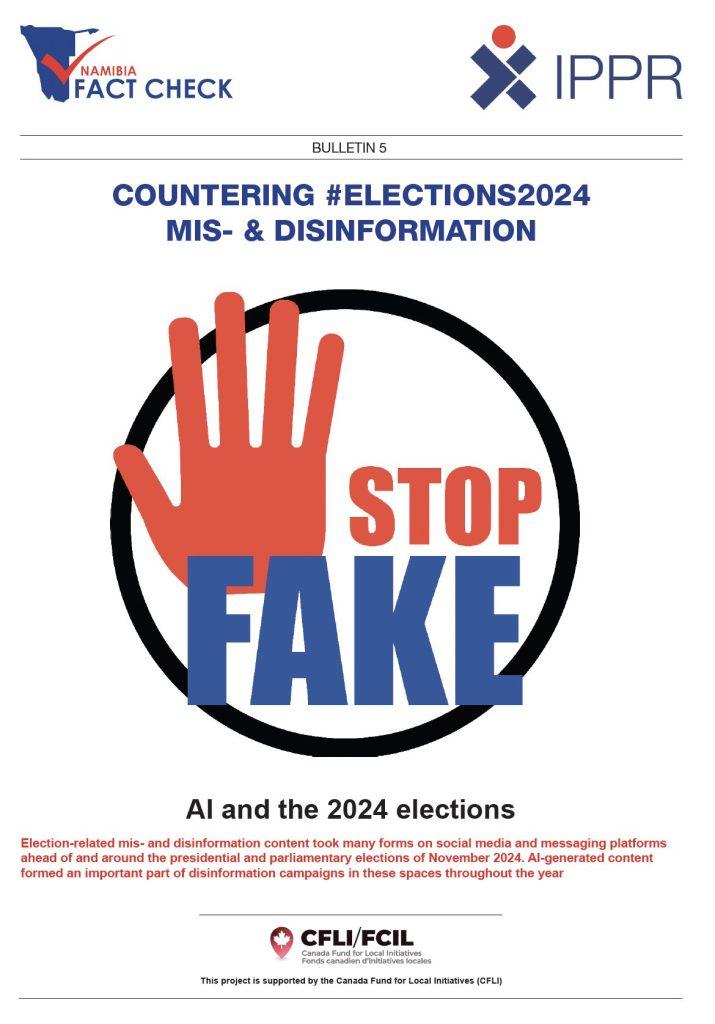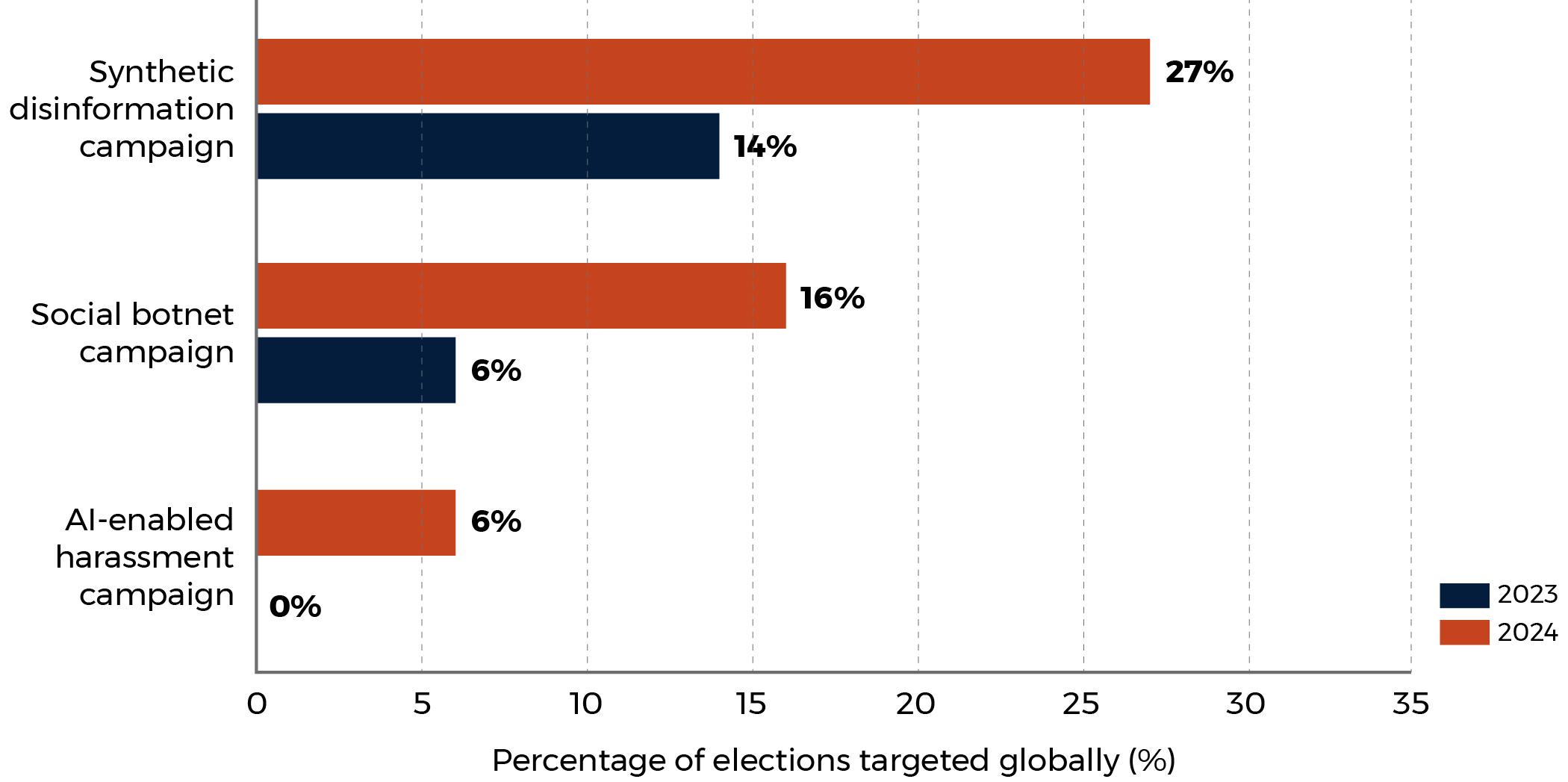In the digital age, the battlefield of truth is constantly shifting, and as we step into 2025, disinformation campaigns are evolving with unprecedented complexity. No longer confined to simple falsehoods or isolated social media posts, these campaigns now weave intricate webs of deception, blending deepfakes, AI-generated narratives, and hyper-targeted psychological tactics. Understanding how disinformation adapts and transforms is crucial-not just for policymakers and technologists, but for anyone seeking to navigate the ever-murky waters of information in our interconnected world. This article explores the cutting-edge strategies behind modern disinformation efforts and what they mean for the future of truth.
The Shifting Landscape of Disinformation Tactics in 2025
In 2025, disinformation campaigns have transcended traditional boundaries, leveraging more sophisticated technologies and psychological tactics. The rise of AI-powered deepfakes has made it increasingly difficult to distinguish authentic content from fabricated narratives. These hyper-realistic videos and audio clips are no longer confined to high-profile targets but have permeated everyday social media feeds, subtly influencing public opinion.
Beyond the technological leap, the strategies behind disinformation have become more nuanced and adaptive. Campaigns now exploit micro-targeting techniques with surgical precision, tailoring falsehoods to individual beliefs and cultural contexts. This hyper-personalization amplifies the impact, creating echo chambers that reinforce biases without triggering skepticism.
- Automated Bot Networks: Enhanced bots mimic human behavior to engage and spread content seamlessly.
- Multi-Platform Synchronization: Coordinated disinformation across social media, messaging apps, and niche forums.
- Emotional Manipulation: Content designed to evoke fear, anger, or empathy to drive rapid sharing.
| Disinformation Tactic | Key Feature | Impact |
|---|---|---|
| AI Deepfakes | Ultra-realistic synthetic media | Undermines trust in video evidence |
| Hyper-Personalization | Targeted messaging by demographics | Creates reinforced echo chambers |
| Bot Amplification | Automated engagement and sharing | Artificially inflates content reach |
Deepfake Technology and Its Role in Misinformation Spread
In recent years, the sophistication of deepfake technology has dramatically accelerated, transforming the landscape of misinformation. What was once crude and easily detectable manipulation now mimics reality with unsettling precision. These hyper-realistic audio and video forgeries are weaponized in disinformation campaigns to erode trust and manipulate public opinion at an unprecedented scale.
Deepfakes blur the line between truth and fiction, making it increasingly challenging for audiences to discern authentic content from fabricated narratives. Political figures, celebrities, and everyday individuals alike can be digitally impersonated to spread false statements, incite discord, or derail critical conversations. The emotional impact of seeing “real” people say or do things they never did adds a layer of psychological manipulation that traditional misinformation lacks.
Campaigns leveraging deepfakes often utilize:
- Targeted micro-messaging: Tailoring fabricated content to specific demographics for maximum viral potential.
- Cross-platform amplification: Rapidly distributing deepfakes through social media, messaging apps, and underground forums to saturate information channels.
- Contextual camouflage: Embedding falsehoods within seemingly legitimate news or commentary to avoid immediate detection.
Below is a snapshot of how deepfake-driven misinformation compares to traditional forms in terms of impact and detection:
| Aspect | Traditional Misinformation | Deepfake Misinformation |
|---|---|---|
| Authenticity Perception | Low to moderate | High |
| Detection Difficulty | Moderate | Very high |
| Emotional Impact | Variable | Strong |
| Viral Potential | Moderate | Extremely high |

The Influence of Social Media Algorithms on Disinformation Amplification
Social media platforms have become intricate ecosystems where algorithms dictate what content surfaces and gains traction. These algorithms, designed to maximize user engagement, inadvertently create fertile ground for disinformation to thrive. By prioritizing sensational, emotionally charged, or polarizing content, they amplify messages that might otherwise remain obscure.
One of the most striking dynamics is how these systems reward virality over veracity. Disinformation campaigns exploit this by crafting narratives that trigger strong emotional reactions-fear, anger, or excitement-ensuring rapid and widespread dissemination. The algorithms’ feedback loops then push these narratives deeper into users’ feeds, often overshadowing factual content.
Key algorithmic behaviors enabling disinformation include:
- Engagement-Driven Prioritization: Content with high likes, shares, or comments is favored.
- Echo Chamber Formation: Algorithms reinforce users’ existing beliefs by showing similar perspectives repeatedly.
- Rapid Trend Detection: Quickly surfaces trending topics, even if based on misleading or false information.
| Algorithm Feature | Impact on Disinformation |
|---|---|
| Personalization | Creates hyper-targeted content bubbles |
| Engagement Metrics | Rewards provocative posts regardless of accuracy |
| Trend Amplification | Elevates viral disinformation rapidly |
As social media algorithms continue evolving, understanding their role in shaping the information landscape is crucial. Without deliberate intervention, these systems risk perpetuating cycles of misinformation, making critical digital literacy and algorithmic transparency more important than ever.

Strategies for Enhancing Public Media Literacy and Critical Thinking
In an age where information flows ceaselessly and digital platforms dominate, empowering individuals with the tools to discern truth from falsehood has never been more crucial. Encouraging active engagement with news sources, rather than passive consumption, fosters a mindset where skepticism becomes a safeguard rather than a barrier. This shift requires more than just awareness-it demands cultivating an analytical approach that questions context, source credibility, and underlying motives.
Educational initiatives must evolve beyond traditional media literacy by integrating real-world scenarios that highlight the mechanics of disinformation. Gamified learning experiences, interactive workshops, and simulation-based exercises can immerse participants in detecting manipulation techniques firsthand. These methods create lasting cognitive frameworks, making it easier to identify misleading narratives in everyday media encounters.
Collaborative efforts between technology platforms and educational institutions are also vital. Platforms can enhance transparency by providing users with contextual cues-such as fact-check ratings or source histories-directly within the content feed. Simultaneously, schools and community programs should prioritize critical thinking skills across curricula, emphasizing the importance of verifying information before sharing. Together, these strategies form a robust defense against the sophisticated tactics employed by modern disinformation campaigns.
- Promote source diversity: Encourage cross-referencing news from multiple outlets.
- Foster questioning: Teach users to ask “who benefits?” and “what’s missing?”
- Leverage technology: Use AI tools that highlight inconsistencies or biases.
- Support community dialogue: Create forums for open discussions on controversial topics.
| Strategy | Implementation | Impact |
|---|---|---|
| Gamified Learning | Interactive apps simulating fake news detection | Increase engagement and retention |
| Contextual Cues | Fact-check badges on social media posts | Boost user trust and critical awareness |
| Curriculum Integration | Critical thinking modules in schools | Develop lifelong analytical skills |

Policy Approaches to Countering Emerging Disinformation Threats
Governments and institutions worldwide are increasingly adopting adaptive policy frameworks to address the fast-evolving nature of disinformation. Recognizing that traditional regulatory models often lag behind technological innovation, policymakers are shifting towards dynamic, multi-stakeholder approaches. These strategies emphasize collaboration with tech companies, civil society, and academia to create real-time responses that can counteract false narratives before they gain traction.
One key element in these approaches is the integration of proactive monitoring systems powered by artificial intelligence and machine learning. These systems help identify emerging disinformation vectors, such as deepfakes or synthetic media, enabling swift intervention. Moreover, transparency mandates for social media platforms are being strengthened to ensure users can trace the origins of suspicious content, promoting digital literacy and critical consumption.
- Legislative agility: Laws designed to evolve with new threats rather than static regulations.
- Cross-sector partnerships: Joint initiatives between governments, tech firms, and NGOs.
- Public awareness campaigns: Educating citizens on spotting and reporting disinformation.
- Enhanced accountability: Clear consequences for entities that knowingly spread false information.
| Policy Focus | Key Feature | Expected Outcome |
|---|---|---|
| Technological Innovation | AI-driven content detection | Faster identification of disinformation |
| Regulatory Reform | Adaptive legal frameworks | More flexible and timely responses |
| Community Engagement | Digital literacy programs | Empowered and informed users |
Insights and Conclusions
As we step further into 2025, the landscape of disinformation continues to shift beneath our feet-growing more intricate, adaptive, and elusive. Understanding these evolving tactics is not just an academic exercise but a crucial step toward safeguarding the threads of truth in our digital tapestry. While the battle against falsehoods becomes increasingly complex, it also invites innovation in detection, education, and resilience. In this unfolding narrative, staying informed and vigilant remains our strongest defense, reminding us that even amid the fog of deception, clarity is possible-and worth striving for.

